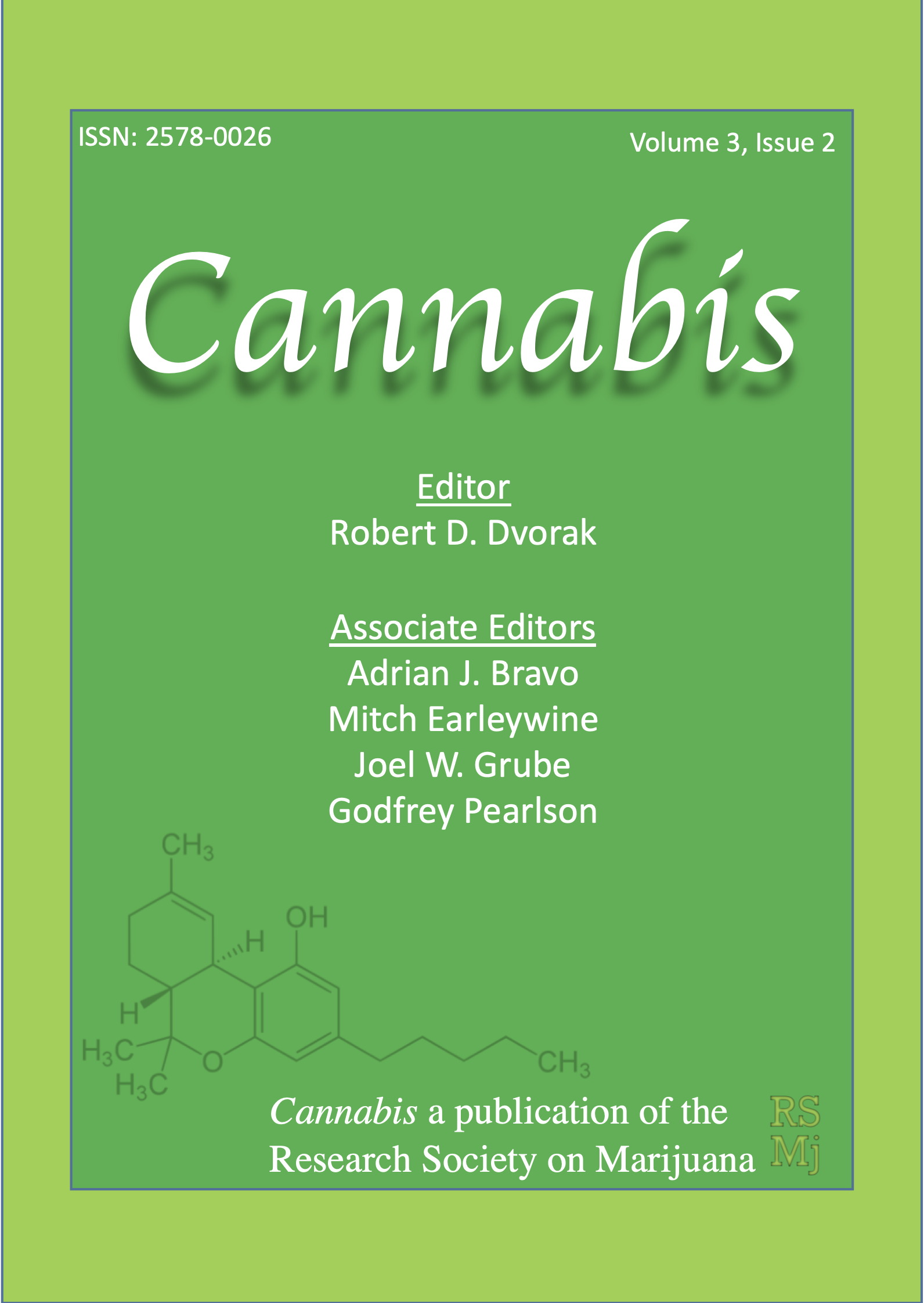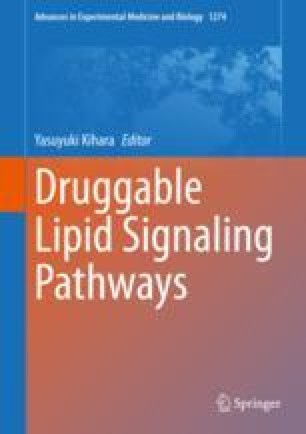 “Current literature on the effect of cannabis use on sleep quality is mixed, and few studies have used objectively-measured sleep measures or real-time sampling of cannabis use to examine this relationship.
“Current literature on the effect of cannabis use on sleep quality is mixed, and few studies have used objectively-measured sleep measures or real-time sampling of cannabis use to examine this relationship.
The prevalence of cannabis use among older adults and persons living with HIV has increased in recent years, and poor sleep quality is elevated in these populations as well. However, research examining cannabis-sleep relationships in these populations is lacking. Thus, we aimed to examine the relationship between daily cannabis use and subsequent objectively-measured sleep quality in middle-aged and older adults with and without HIV.
In this pilot study, seventeen (11 HIV+, 6 HIV-) adults aged 50-70 who consumed cannabis completed four daily smartphone-based surveys for 14 days, in which they reported their cannabis use (yes/no) since the last survey. Participants also wore actigraphy watches during the 14-day period to objectively assess sleep quality (i.e., efficiency, total sleep time, and sleep fragmentation).
In linear mixed-effects models, cannabis use was significantly associated with greater subsequent total sleep time (β=0.56; p=0.046). Cannabis use was not related to a change in sleep efficiency (β=1.50; p=0.46) nor sleep fragmentation (β=0.846, p=0.756) on days with cannabis use versus days without cannabis use.
These preliminary results indicate cannabis use may have a positive effect on sleep duration in middle-aged and older adults. However, future studies with larger sample sizes that assess cannabis use in more detail (e.g., route of administration, dose, reason for use) are needed to further understand this relationship.”
https://pubmed.ncbi.nlm.nih.gov/32905460/
https://publications.sciences.ucf.edu/cannabis/index.php/Cannabis/article/view/59

 “Cannabis products have been used for centuries by humans for recreational and medical purposes. Resent research, proposed the promising therapeutic potential of cannabis and related cannabinoids for a wide range of medical conditions, including psychiatric and neurological diseases.
“Cannabis products have been used for centuries by humans for recreational and medical purposes. Resent research, proposed the promising therapeutic potential of cannabis and related cannabinoids for a wide range of medical conditions, including psychiatric and neurological diseases. “Cannabis and cannabinoid-based extracts have long been utilized for their perceived therapeutic value, and support for the legalization of cannabis for medicinal purposes continues to increase worldwide.
“Cannabis and cannabinoid-based extracts have long been utilized for their perceived therapeutic value, and support for the legalization of cannabis for medicinal purposes continues to increase worldwide. “Non-Uremic Calciphylaxis (NUC) is a rare condition that often manifests as intractable and painful integumentary wounds, afflicting patients with a high burden of co-morbidity.
“Non-Uremic Calciphylaxis (NUC) is a rare condition that often manifests as intractable and painful integumentary wounds, afflicting patients with a high burden of co-morbidity.
 “Prostate cancer is a major cause of death among men worldwide.
“Prostate cancer is a major cause of death among men worldwide. “Staphylococcal enterotoxin B (SEB) is a potent activator of Vβ8+T-cells resulting in the clonal expansion of ∼30% of the T-cell pool. Consequently, this leads to the release of inflammatory cytokines, toxic shock, and eventually death.
“Staphylococcal enterotoxin B (SEB) is a potent activator of Vβ8+T-cells resulting in the clonal expansion of ∼30% of the T-cell pool. Consequently, this leads to the release of inflammatory cytokines, toxic shock, and eventually death. “Staphylococcal enterotoxin‐B (SEB) is one of the most potent bacterial superantigens that exerts profound toxic effects by inducing cytokine storm. When SEB is inhaled, it can cause Acute Respiratory Distress Syndrome (ARDS), which is often fatal and currently there are no effective treatment modalities.
“Staphylococcal enterotoxin‐B (SEB) is one of the most potent bacterial superantigens that exerts profound toxic effects by inducing cytokine storm. When SEB is inhaled, it can cause Acute Respiratory Distress Syndrome (ARDS), which is often fatal and currently there are no effective treatment modalities. “Objectives
“Objectives